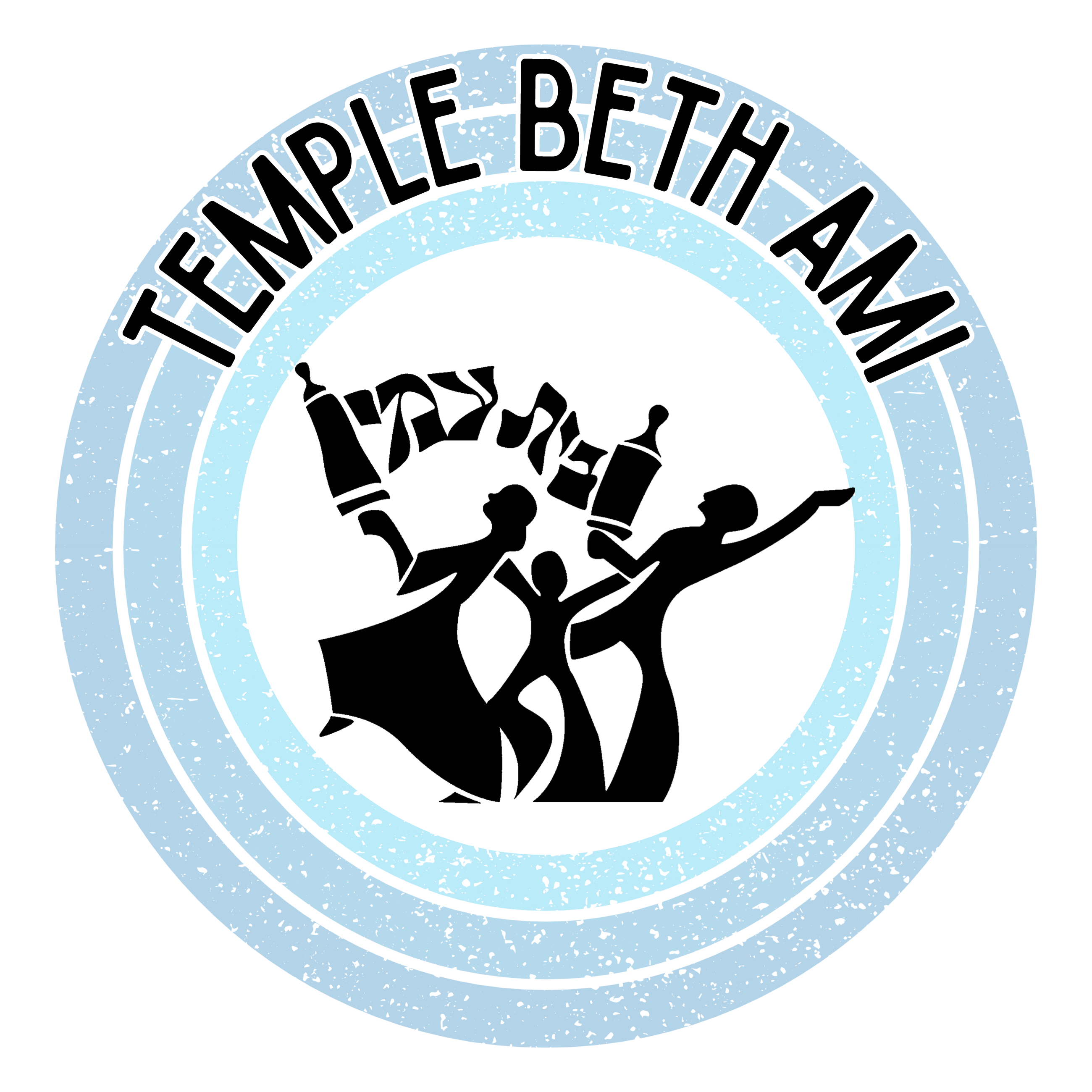Tzav 5782
Leviticus 6:1 – 8:36
Rabbi Gary Pokras
Command Aaron and his sons, saying: “This is the law of the burnt offering: It is the burnt offering which will remain upon the altar all night to the morning, and the fire of the altar will burn on it.” [Lev. 6:2]
The burnt offering, called the oleh (“that which rises up”) in Hebrew, was the primary communal sacrifice offered by the priests. It is called the burnt offering in English, because the entirety of the sacrifice was burned until only smoke and ashes remained.
For millennia, the rabbis have struggled to understand the meaning and power of the ancient sacrifices. Judah Loew ben Bezalel, known as the Maharal (16th Century, Prague), was a rabbi, scholar, mystic, and philosopher who thought deeply about this matter. One can almost see him, poring over ancient texts, visualizing the oleh as it burned through the night until the morning, imagining what those who tended to the fire may have felt as the hours slowly passed by. To better understand the oleh in contemporary terms, he turned to the Midrashic tradition for help: “The offering of God is a broken heart – if one repents, it is considered as if he had gone up to Jerusalem and built the Temple.” [Vayikra Rabbah 7]
What does this have to do with the oleh? The Maharal explains: “The reason is that each person is considered to be like the Temple. If a person is holy, the Temple is holy, and if he sins, he pollutes that Temple. Therefore, a sinner who repents is considered to have rebuilt the Temple.” [Netiv HaTeshuvah 5]
How does this all fit together? The oleh was offered every evening and every morning. It was the first and the last sacrifice of every day. As it was specifically offered on behalf of the entire community, it represented the very best the community had to offer God. In a world where there is no Temple in Jerusalem, and the oleh is only a faint memory, what is the best the Jewish community can offer God today? The Maharal answers: our broken hearts. When we offer our broken hearts to God as individuals and make teshuvah (learn from our mistakes and turn ourselves to wiser actions) then we bring healing into our lives. However, when as a whole community we offer our broken hearts, when we recognize our collective mistakes and misdeeds and we turn towards a more righteous path, then we bring healing to our entire world.
The tradition teaches that the Temple in Jerusalem will one day be rebuilt — in the Messianic age — the world to come in which God’s rule will return to completely heal the Earth and the promise of Creation will finally come to fruition. In the meanwhile, we can each build or rebuild a Temple within ourselves, and confident with the knowledge that each act of holy teshuvah brings us just a little closer to redemption.

